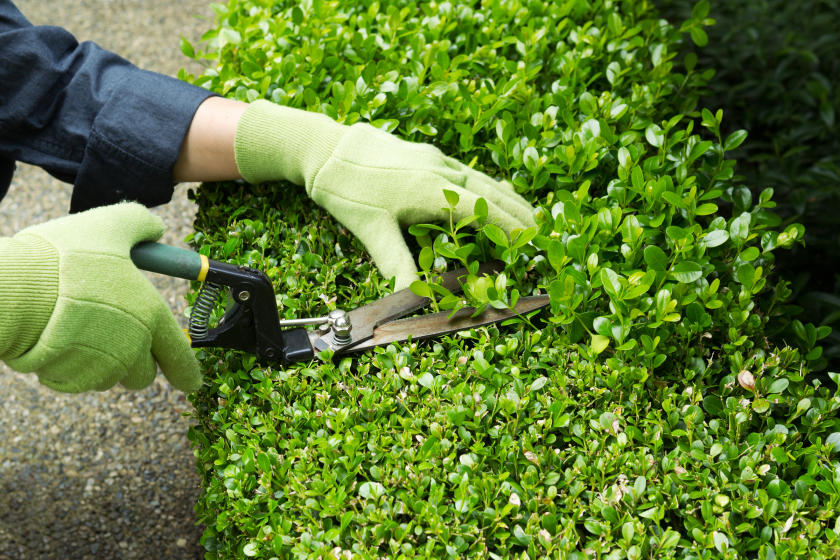Bush Trimming Tips

Well-maintained shrubs and bushes can add beauty and structure to your landscaping, but to achieve that maximum appeal, proper trimming and shaping are essential. Whether you have formal hedges or natural shrubbery, this article provides tips to help you shape your shrubs for a more polished and attractive landscape.
1. Choose the Right Tools
Before you begin trimming your shrubs, make sure you have the appropriate tools on hand. Pruning shears, hedge clippers, and loppers are essential for different types of shrubs and trimming tasks. Ensure your tools are sharp to make clean cuts and avoid damaging the plants.
2. Timing Matters
The timing of your shrub trimming is critical. Different shrubs have different growth patterns, so it's essential to trim them at the right time to avoid cutting off potential blooms or new growth. In general:
Spring: Most spring-blooming shrubs should be pruned immediately after they finish flowering. Examples include lilacs and forsythias. Summer: Trim summer-blooming shrubs in late winter or early spring before new growth starts. Examples include hydrangeas and butterfly bushes. Fall or Winter: Prune shrubs that bloom on new wood (current season's growth) in late winter or early spring. Examples include roses and many types of hydrangeas.
3. Consider the Shape
You Want Before you start trimming, decide on the shape you want for your shrubs. Common shapes include rounded, conical, square, or naturalistic. Use stakes and string to create guides to help you achieve your desired shape.
4. Start with the Basics
Begin trimming by removing dead, diseased, or damaged branches. Use your pruning shears or loppers to make clean cuts at a slight angle just above a healthy bud or branch junction. This will promote new growth and improve the overall health of the shrub.
5. Maintain Proper Spacing
To ensure that air and sunlight can penetrate the shrub's interior, trim back branches that are crossing or rubbing against each other. Proper spacing between branches promotes better growth and helps prevent diseases.
6. Create a Tapered Shape
For formal hedges or manicured shrubs, create a tapered shape by trimming the top narrower than the bottom. This shape allows sunlight to reach the lower branches and encourages full, healthy growth.
7. Step Back and Assess
Periodically step back and assess your progress as you trim. This helps ensure that you're achieving the desired shape and balance for your shrubs. Make small adjustments as needed to maintain symmetry.
8. Avoid Over-Pruning
Over-pruning can stress shrubs and lead to sparse growth. Be cautious not to remove more than one-third of the shrub's total growth in a single pruning session. If your shrub requires significant reduction, spread the pruning over multiple seasons.
9. Clean Up and Mulch
After you've completed your trimming, clean up the trimmed branches and debris. Properly dispose of any diseased or infested material. Apply a layer of mulch around the base of the shrubs to help retain moisture and discourage weeds.
Conclusion
Properly trimmed and shaped shrubs can enhance the overall appeal of your landscape, providing structure, beauty, and a well-groomed appearance. By following these bush trimming tips, you can maintain healthy, attractive shrubs that contribute to the overall beauty of your outdoor space.
Choose Lawnber for Thorough Lawn Care
To maintain your yard as lush and healthy as possible, contact Lawnber for easy, quick and reliable online pricing and booking. Applications are available year-round through our programme to maintain your lawn's overall health. Our professional crews are experienced in lawn care and ready to provide you with weekly services after you sign up. We provide simple-to-use online features to help you connect with the service crews and manage your services. We also provide real-time status updates to you for peace of mind that your lawn is getting taken care of. To learn more, get in touch with Lawnber